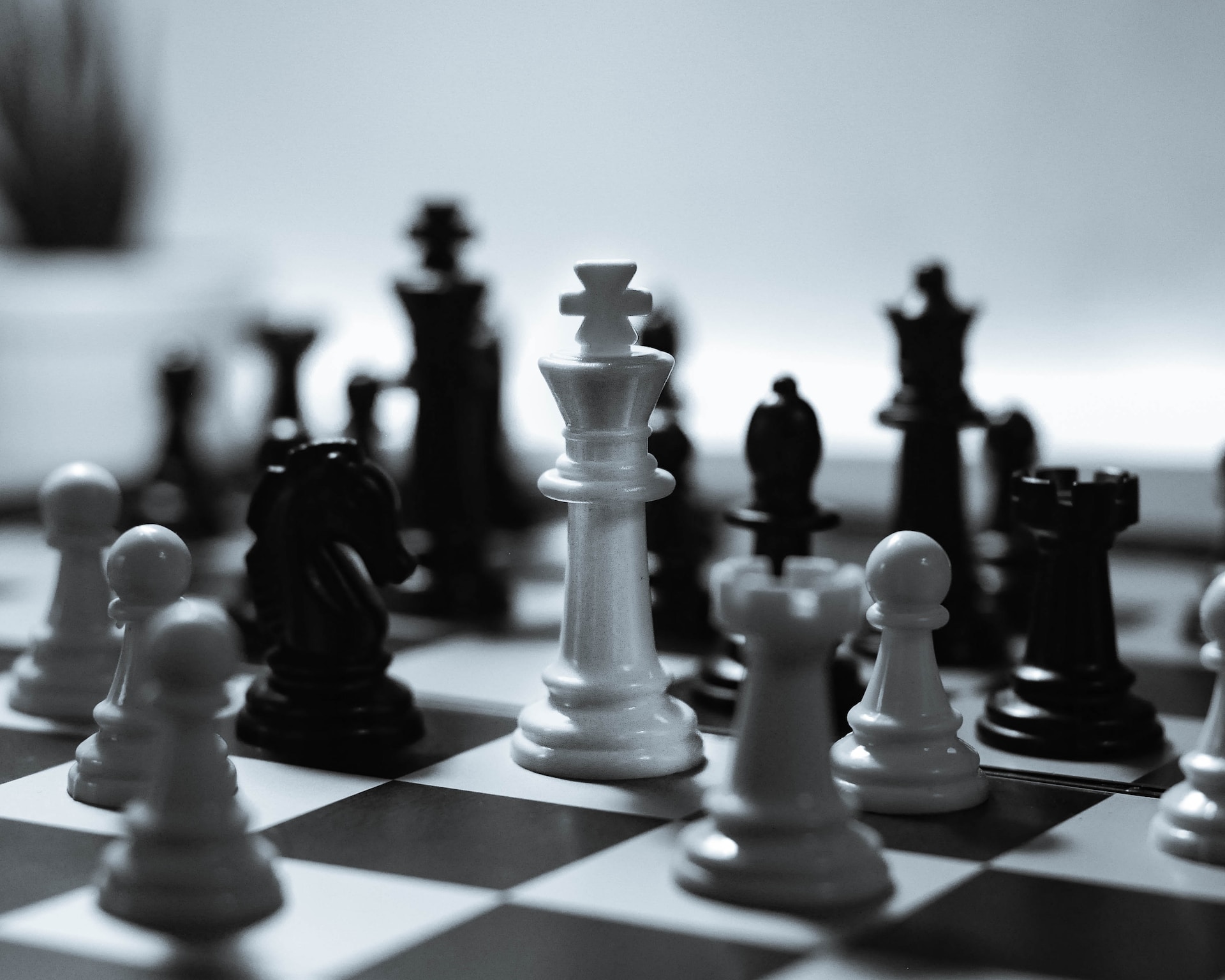
19 Jul The Art of Chess: Mastering the Game of Strategy
Chess is not just a game; it’s an art that has captivated minds for centuries. From its origins in ancient India to its modern-day status as a beloved pastime, chess has endured the test of time. Whether you’re a beginner looking for instructions to play chess or a seasoned player seeking to improve your skills, this article will guide you through the intricacies of the game and help you become a formidable chess player.
- Understanding the Basics
Before diving into the complexities of chess strategy, it’s essential to familiarize yourself with the game’s fundamentals. Chess is played on an 8×8 grid with 64 squares of alternating colors. Each player starts with 16 pieces: one king, one queen, two rooks, two knights, two bishops, and eight pawns. The objective is to checkmate your opponent’s king, placing it in a position where it cannot escape capture.
- The Power of Each Piece
Every chess piece has its unique strengths and weaknesses, and understanding their capabilities is crucial to devising effective strategies. The queen is the most powerful piece, able to move in any direction across the board. Rooks excel in long-range movements, bishops dominate diagonals, knights can leap over other pieces, and pawns are the backbone of defense and offense.
- Developing a Solid Opening
A strong opening can set the tone for the entire game, providing a solid foundation for your strategy. Popular opening moves include the King’s Pawn Opening (1.e4), the Queen’s Pawn Opening (1.d4), and the Sicilian Defense (1.e4 c5). Each opening has its own advantages and disadvantages, so it’s essential to study and experiment to find the one that suits your style.
- Strategy and Tactics
Chess is a game of strategy and tactical maneuvering. Developing a plan and executing it effectively is the key to success. Strategic elements include controlling the center, developing pieces harmoniously, and maintaining a balanced position. Tactics involve exploiting weaknesses in your opponent’s position, such as forks, pins, skewers, and discovered attacks.
- The Endgame
As the game progresses and the board becomes less crowded, the endgame phase begins. The endgame is where smaller details matter the most, and a single move can determine the outcome. Key concepts in the endgame include king activity, pawn promotion, and the use of zugzwang (forcing your opponent into a disadvantageous move).
- Learning from the Masters
Studying the games of chess legends can be incredibly instructive and inspiring. Grandmasters such as Garry Kasparov, Anatoly Karpov, and Bobby Fischer have left behind a wealth of knowledge through their brilliant games and insightful annotations. Analyzing their strategies and tactics can provide valuable insights into the game.
- Practicing and Improving
Like any skill, becoming proficient at chess requires practice. Play against opponents of varying skill levels, whether online or in person. Join a chess club, participate in tournaments, and analyze your games to identify areas for improvement. Chess puzzles, books, and online resources can also help sharpen your skills.
Conclusion
Chess is a game that rewards dedication, patience, and strategic thinking. By understanding the basics, developing a solid opening, employing effective strategies, and studying the games of chess masters, you can elevate your skills and become a formidable player. So, pick up your knights, bishops, and rooks, and embark on the journey to master the art of chess.

No Comments